Some people have an air that reserves them from the rest of us. When I first met performance artist Ayça Ceylan, she instantly gave me that impression. A little wild, full of ideas and very frank…
I have been observing Ayça’s work for a while now; she is one of the most productive people I have ever seen. She has more than a handful of projects, both performances and projects for introducing performance art in Turkey in collaboration with well-known local art institutes. I was very sorry to miss her performance at Tomtom Sokak, which I heard made many people cry. No wonder she was selected among the rising performance artists by one of the main art websites in Turkey, Sanatatak. Ayça has recently formed her own platform and I heard her talk about tens of projects for this year when I met her from time to time in mutual social circles. Finally, I thought it is time I should start listening to her as an art blogger, get to know her projects and plans better, and introduce her to the yabangees of Istanbul.
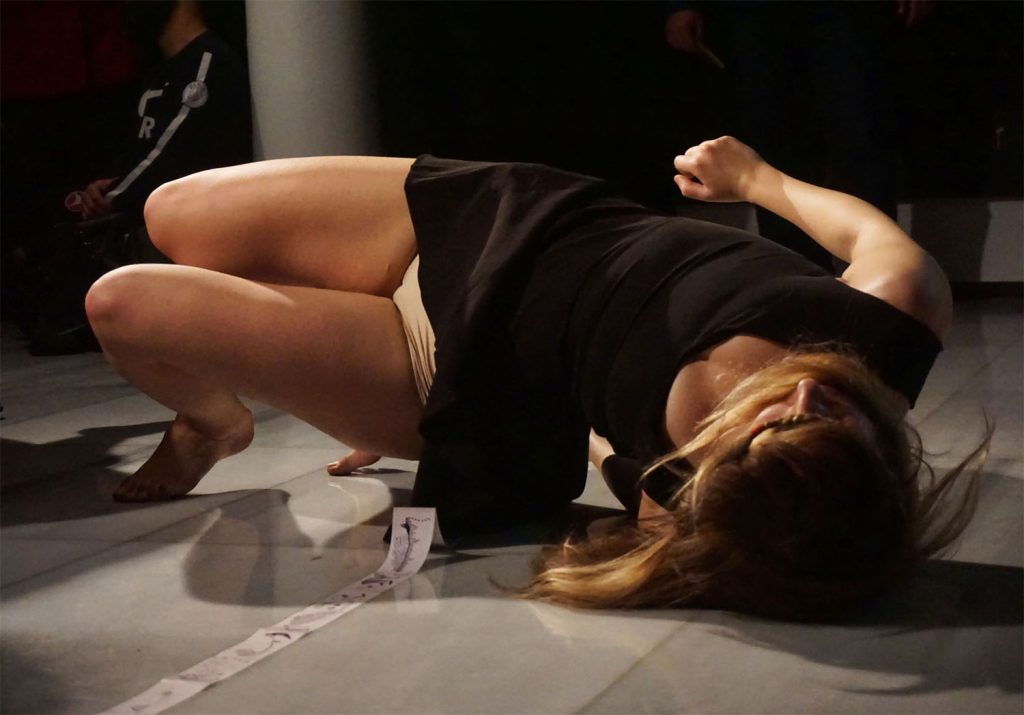
You were studying engineering and you have become a performance artist! How did things turn out this way? Can you tell us about your journey?
Since childhood, the interaction of the different fields has amazed me. As I grew up in a family with diverse interests, I had the opportunity to experience this early on. When the ‘Pagan’ things derived from my grandmother, ‘Orthodoxy’ derived from my grandfather, so there were differences in my daily rituals. I did ballet for 10 years and I continued trying to compound physics and dance. When dance and physics unite, what I turn into, how the memories are – have all led me to research in psychology and indicator science.
My first major was mechanical engineering. I moved to Istanbul for my engineering education. For me, moving, writing and taking photos were the most beautiful ways to recognize the new city. I wanted to archive myself by taking the city back. The process began like this. When I graduated from mechanical engineering in 2012, I started studying at İstanbul Bilgi University Performing Arts. Considering the minor cases in my autobiographical memory and matching them with various notions, I organize workshops and make performances about our comprehension.
Maybe this is just a prejudice. But I feel that being a performance artist must be a challenge in Turkey. Even coming up with the idea of being a performance artist a few years ago considering the limited art environment here sounds revolutionary to me! How do you feel? Do you think you had to/still need to overcome barriers and break down certain mindsets?
I made my first performance at Artnivo Project Space in 2016. This was the turning point for me. My productions in the field of performance art were independent until that time. After Artnivo performance, within two years, I had a chance to work with various institutions such as Zorlu PSM, Bomontiada, STUDIO-X İstanbul, and Contemporary Istanbul. Each interaction positively improved the institutions’ approach to performance art. Performance art is not something many institutions are attracted to, but nobody necessarily tries to prevent you from making your performance. It is enough for me to be able to reflect on the audience’s enthusiasm for what you want to do and the energy that passion brings.
On the other hand, I am able to continue my daily life through my earnings from art. I request a fee and material support from the institutions where I perform. Sometimes sponsorship support can also be available. Also, my performance documents are in various private collections.
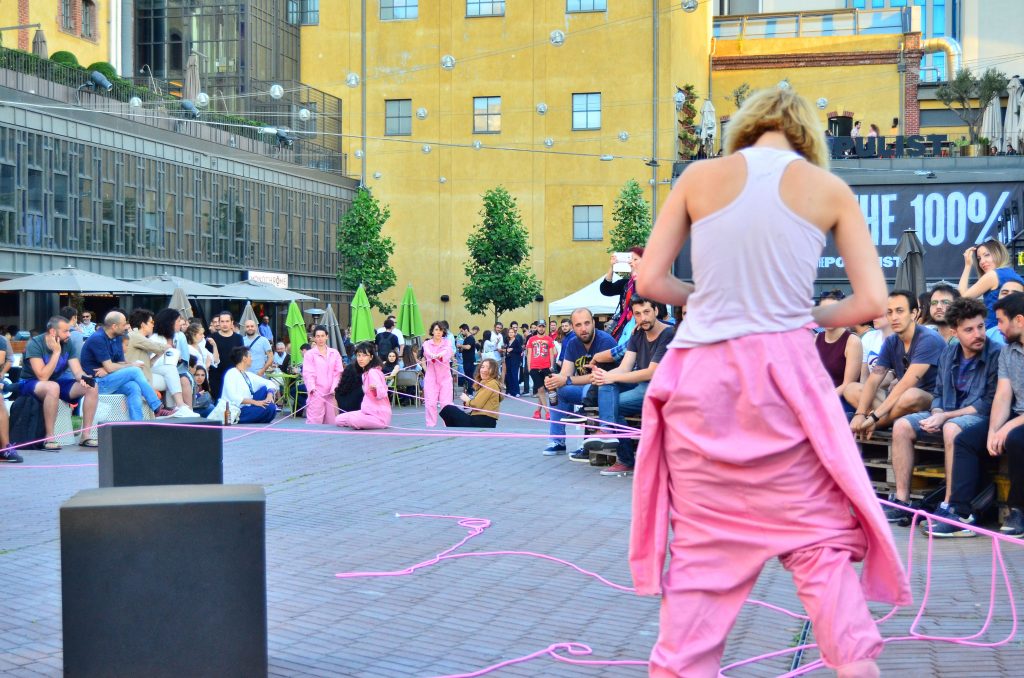
What do you think about the Istanbul performance art scene as one of the two people selected as the rising performance artists last year?
Mobility in the field of performance art in Turkey embodies the positive approach of the general framework. Such as the institutions that were established for visibility of performance art, the desire of various institutions to keep performance art in their constitutions, proliferation of performances in the field of performance art and to include collectors’ performance documentation in their collections.
As a performance artist, all these developments make me happy. However, I have some points that disturb me in the field of performance art. For instance, to perceive everything as being allowed to be evaluated in “performance art”. I think I’m a little bit conservative about this. Whether we like it or not, it has a theory. Of course, we don’t have to obey theories, but if we oppose something, what it includes is important. Because many times, we miss opportunities because of our arrogance. In this regard, perhaps one of the most beautiful things to do is to watch performances and ask the performance artist without hesitation: “What do you want to tell?”, “Why is there any indication used there?”, “What is the difference between theater and performance art?”, and “What’s the difference between dance and performance art?”
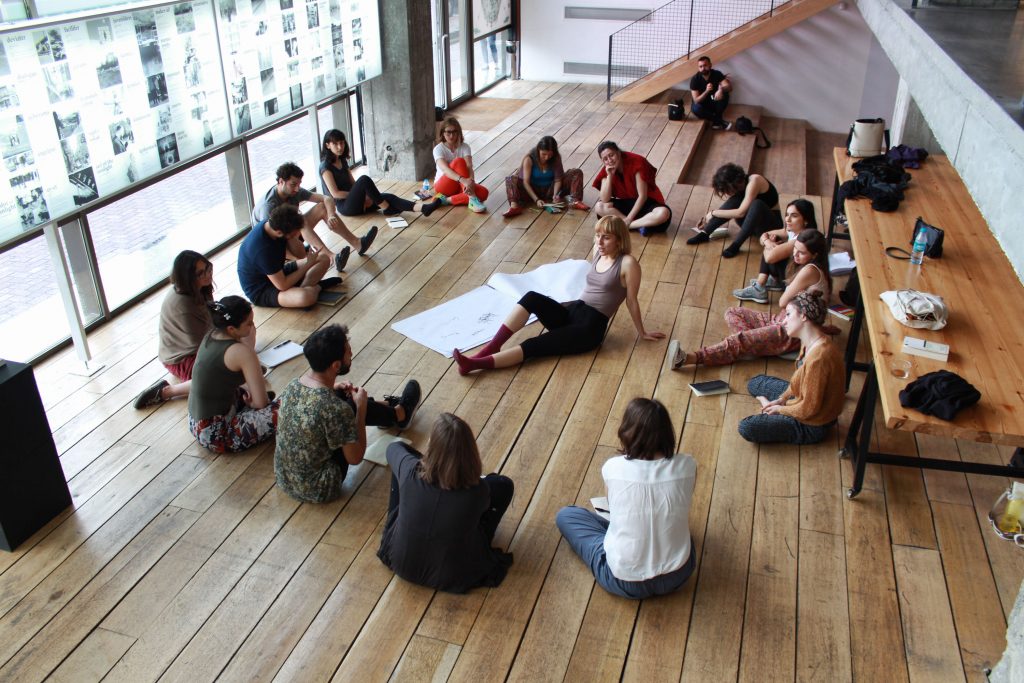
You are actually making a great contribution to Turkish art history by writing a thesis on Turkish performance art. Can you please tell us a bit about that?
I’ve been studying “Institutional Archive Problems in Performance Art in Turkey since the 1990s” for my thesis. Having come across a comprehensive textbook compiled in this direction led me to investigate this issue. As an artist who lives and works in Turkey, Turkey’s memory is so important for me. Actually, this archive is not in one place, so you can only ask for personal information. And, this access to information makes certain performances invisible, leading to an incorrect data transmission. As far as I am concerned, I have experienced and continue to experience a wide range of processes in this regard. The thesis will be completed with an archive exhibition at the same time. The date of the exhibition, if we do not face a setback, is 2019.
How do you plan/design your performances? What inspires you?
I’m doing experiments, with the support of psychology and physics, about comprehension types. My concern is exchanging our personality and how this is shaping our memory in the process of personal recovery. Workshops and performances can be described as family members supporting self-help. I keep these family members alive in a way that I have created through approaches in pagan rituals, iconography, dance and movement therapy. I find it very valuable to focus on the minor things that arise from autobiographical stories. Because, as we repair ourselves, we all begin to be repaired as we relate to everything.
The construction process of my performances starts with my body interacting with the area to be searched; continuing with motion research and examining the sources of the memory of the space afterward. The other bodies in the research area, how these bodies interact with my body, and the self-transmissions that occur during this interaction provide important data. Then I create some drafts from the data that I collect. However, one of the most important things that should be concerned is that these drafts aren’t capturing the performance. Performance should leave open to the common use of communication channels by accommodating voids.
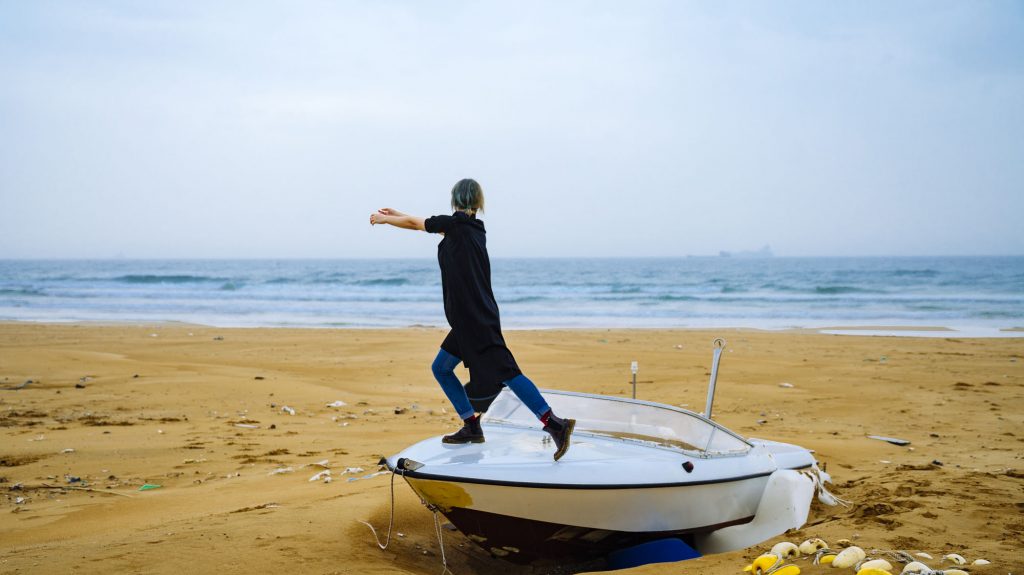
Do you come up with performance ideas and present them to related people/venues or are you usually asked to design a performance around selected specific themes?
I design my performances specific to the venue. If they want me to perform an institution, they only fix me in their own place, but even within that space, it depends on what area they need to use. Of course, there are places that I also take the proposal, making it a very easy process to prepare a brief file in this regard.
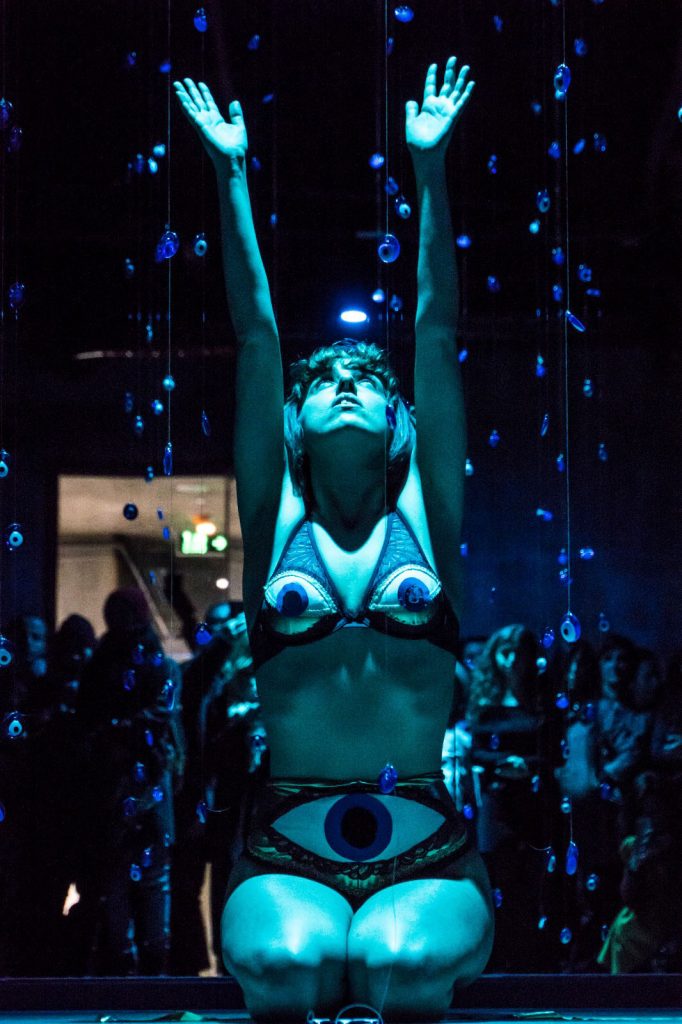
You have been in different groups before, and finally this year you formed your own platform. Can you tell us about Bip? I know that you are super busy, it has even become hard for me to catch up with your pace! You are involved in many great projects from museum tours with kids with performance art at Elgiz Museum to performance workshops. Are they all a part of BiP? What are your plans for 2018?
BiP (bodyinperform) was created to bring together performance artists, performance curators, performance art researchers, audiences, and to contribute to the diversity of performance art production and to contribute to the discussion of performance theory. It has five departments: BİPperformance, BİPworkshop, BİPtalks, BiPexhibition, and BiPfilm. For all these departments, I will invite occasionally open invitations and occasional people or groups associated with the conceptual theme that is determined every year.
This year’s theme is “Take me home where I belong!”. In February, we carried out a panel which is called ‘Body as an archive’in STUDIO-X İstanbul. At the same time, at the beginning of February, we also prepared a performative fashion show in Bomontiada in cooperation with ‘reflect’. In fact, we have full programs. We have collaborations with different venues and different foundations. The panel ‘Body as an archive’ will continue during the year. We have different partnerships for workshops. We will organize a performance day in Ankara. We will have film screenings about the body. Also, my personal performances take place within this structure. So, in this adventure, I have many journeys such as Tehran, New York, Lisbon, Bodrum. Social media announcements for events will continue.
One last question… Why did you decide to have a theme and why is it ”Take me home where I belong”?
”Take me home where I belong” is a journey of searching for a home. We can interpret ”home” in many ways; physical home, collecting ourselves, running into things that are good for us in life. All of this is my personal needs. However, at the same time, the personal needs of a person. I do not want to reduce these needs to the needs of today. Men/women always search for what they wanted, search for the feeling of being complete. Man always search for his home.









